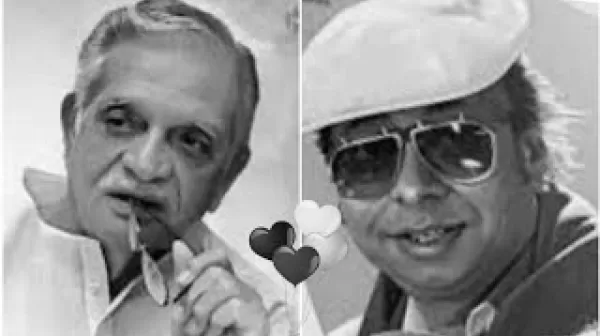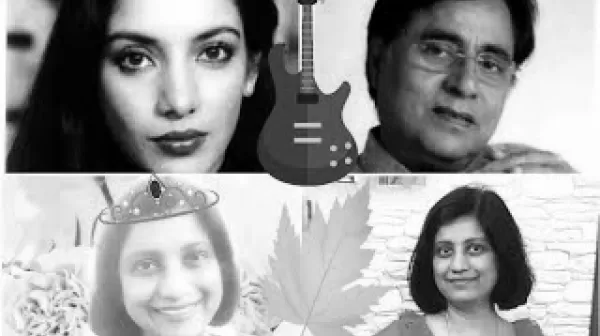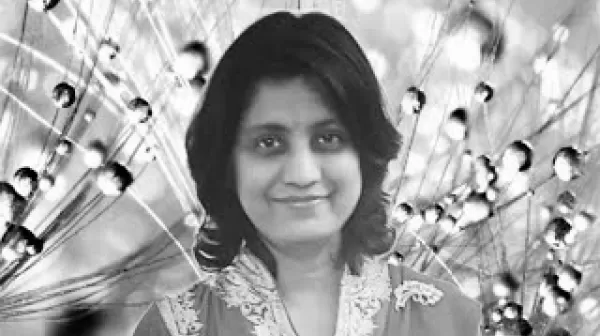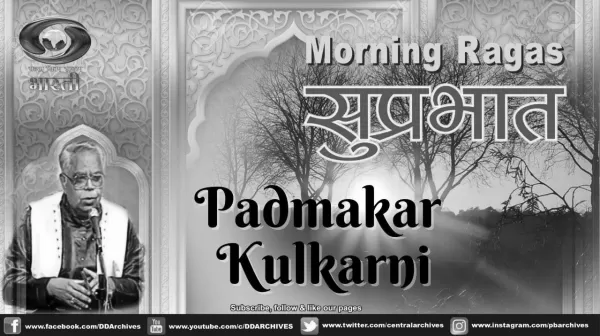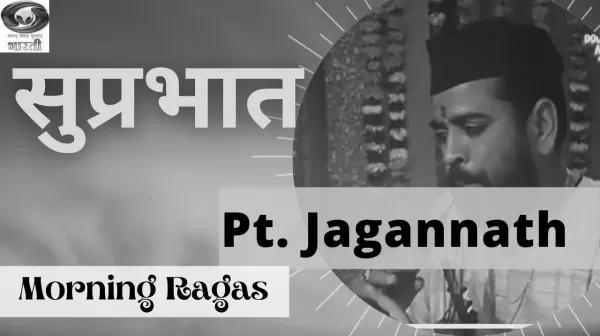राग
Thumri 1 Rag Mishra Khamaj "Manmohan Ki Baji Venu"
Thumri is one of the styles of Hindustani music having parts and sub parts. It comes under semi classical music. Expression of emotions is more emphasized in it in comparison to the purity of Rag. So is the reason that it is categorized under semi classical singing. The “Bandish” (Determined melody structure) is short in Thumri with prominence of essence of adornment and ornamentation. However devotion based Bandish is also sung in Thumri. The Ragas used in Thumri are generally of fickle tendencies such as Khamaj , Peelu, Bhairwi, Kafi, Gaurh Sarang and Des etc.
Dadra -1 Rag Bhairavi "Banka Bana Raghuraiyya"
Style of Dadra is very similar to Thumri but the tempo of Dadra is faster than Thumri thus it allows more freedom to be playful with musical note. The pivotal emotion is ornamentation. Dadra style is sung in Dadra taal itself. Dadra taal is fast and playful in nature. Songs based on dances and ornamentations are mainly sung in this. Let’s know a little bit about Rag Bhairavi before listening to Dadra based on it. Rag Bhairavi has incepted from Bhairavi thhat (Family). In this Rag, Re (Re), Ga (Me), Dha (La) and Ni (Ti) are used as sharp denoted here with #. It is Sampurna in nature.
Thumri 2 Rag Des "Mathura gaye more Shyam"
Thumri is one of the styles of Hindustani music having parts and sub parts. It comes under semi classical music. Expression of emotions is more emphasized in it in comparison to the purity of Rag. So is the reason that it is categorized under semi classical singing. The “Bandish” (Determined melody structure) is short in Thumri with prominence of essence of adornment and ornamentation. However, devotion based Bandish is also sung in Thumri. The Ragas used in Thumri are generally of fickle and playful tendencies such as Khamaj , Peelu, Bhairwi, Kafi, Gaurh Sarang and Des etc.
Dadra 4 Rag Hamir "Pyare Meri Galiyan Aaya Karo"
Style of Dadra is very similar to Thumri but the tempo of Dadra is faster than Thumri thus it allows more freedom to be playful with musical note. The pivotal emotion is ornamentation. Dadra style is sung in Dadra taal itself. Dadra taal is fast and playful in nature. Songs based on dances and ornamentations are mainly sung in this Rag. Let’s have some short but basic information about Rag Hamir before we listen to the Dadra based on this Rag. The very inception of Rag Hamir is from Kalyan That.
Thumri 3 Rag Kafi " Dhoom Dhoom Machai"
Thumri is one of the styles of Hindustani music having parts and sub parts. It comes under semi classical music. Expression of emotions is more emphasized in it in comparison to the purity of Rag. So is the reason that it is categorized under semi classical singing. The “Bandish” (Determined melody structure) is short in Thumri with prominence of essence of adornment and ornamentation. However, devotion based Bandish is also sung in Thumri. The Ragas used in Thumri are generally of fickle and playful tendencies such as Khamaj , Peelu, Bhairwi, Kafi, Gaurh Sarang and Des etc.
Dadra 3 Rag Kafi "Samujhai Batiyan Ek Na Mane"
Style of Dadra is very similar to Thumri but the tempo of Dadra is faster than Thumri thus it allows more freedom to be playful with musical note. The pivotal emotion is ornamentation. Dadra style is sung in Dadra taal itself. Dadra taal is fast and playful in nature. Songs based on dances and ornamentations are mainly sung in this. Let’s have some short but basic information about Rag Mishr Kafi before we listen to the Dadra based on this Rag. Rag Kafi originated from kafi That. Pancham, which is Pa (Soh) is amply used in this rag.
Thumri 4 Rag Gaud Sarangi "Kaise Jaaun Neer Bharan Panghatwa"
Thumri is one of the styles of Hindustani music having parts and sub parts. It comes under semi classical music. Expression of emotions are chiefly emphasized in it in comparison to the purity of Rag. So is the reason that it is categorized under semi classical singing. The “Bandish” (Determined melody structure) is short in Thumri with prominence of essence of adornment and ornamentation. However, devotion based Bandish is also sung in Thumri. The Ragas used in Thumri are generally of fickle and playful tendencies such as Khamaj , Peelu, Bhairwi, Kafi, Gaurh Sarang and Des etc.
Dadra-2 Rag Desi "Aisi Barsat Mein"
Style of Dadra is very similar to Thumri but the tempo of Dadra is faster than Thumri thus it allows more freedom to be playful with musical note. The pivotal emotion is ornamentation. Dadra style is sung in Dadra taal itself. Dadra taal is fast and playful in nature. Songs based on dances and ornamentations are mainly sung in this. Let’s have some short but basic information about Rag Des before we listen to the Dadra based on this Rag. Gandhar (Me) and Dhaiwat (La) are prohibited in the ascension of this Rag, both Ni (Ti) notes are applied and rest all nots are natural.
Thumri 5 Rag Bhairavi "Phul Gendwa Na Maaro"
Thumri is one of the styles of Hindustani music having parts and sub parts. It comes under semi classical music. Expression of emotions is more emphasized in it in comparison to the purity of Rag. So is the reason that it is categorized under semi classical singing. The “Bandish” (Determined melody structure) is short in Thumri with prominence of essence of adornment and ornamentation. However, devotion based Bandish is also sung in Thumri. The Ragas used in Thumri are generally of fickle and playful tendencies such as Khamaj , Peelu, Bhairwi, Kafi, Gaurh Sarang and Des etc.
Dadra 5 Rag Khamaj "Ab Mose Rar Kyon Machai"
Style of Dadra is very similar to Thumri but the tempo of Dadra is faster than Thumri thus it allows more freedom to be playful with musical note. The pivotal emotion is ornamentation. Dadra style is sung in Dadra taal itself. Dadra taal is fast and playful in nature. Songs based on dances and ornamentations are mainly sung in this Rag. Let’s have some short but basic information about Rag Khamaj before we listen to the Dadra based on Rag Des. The Wadi and samwadi swaras of Rag Khamaj is Gandhar and Nishad respectively.


